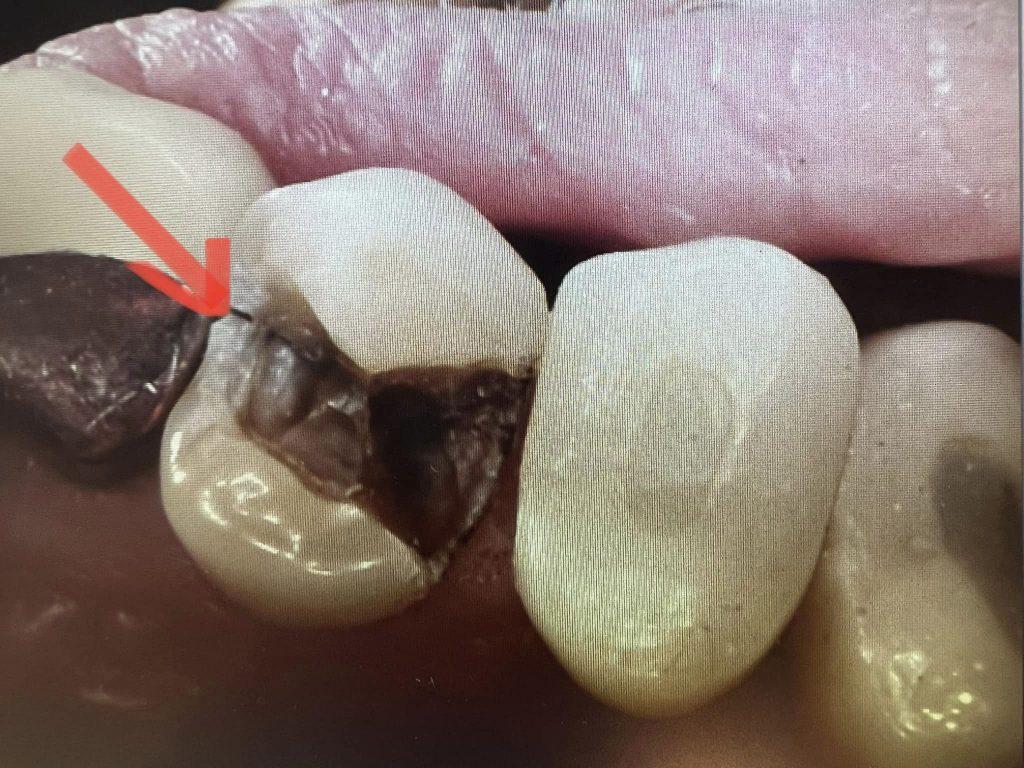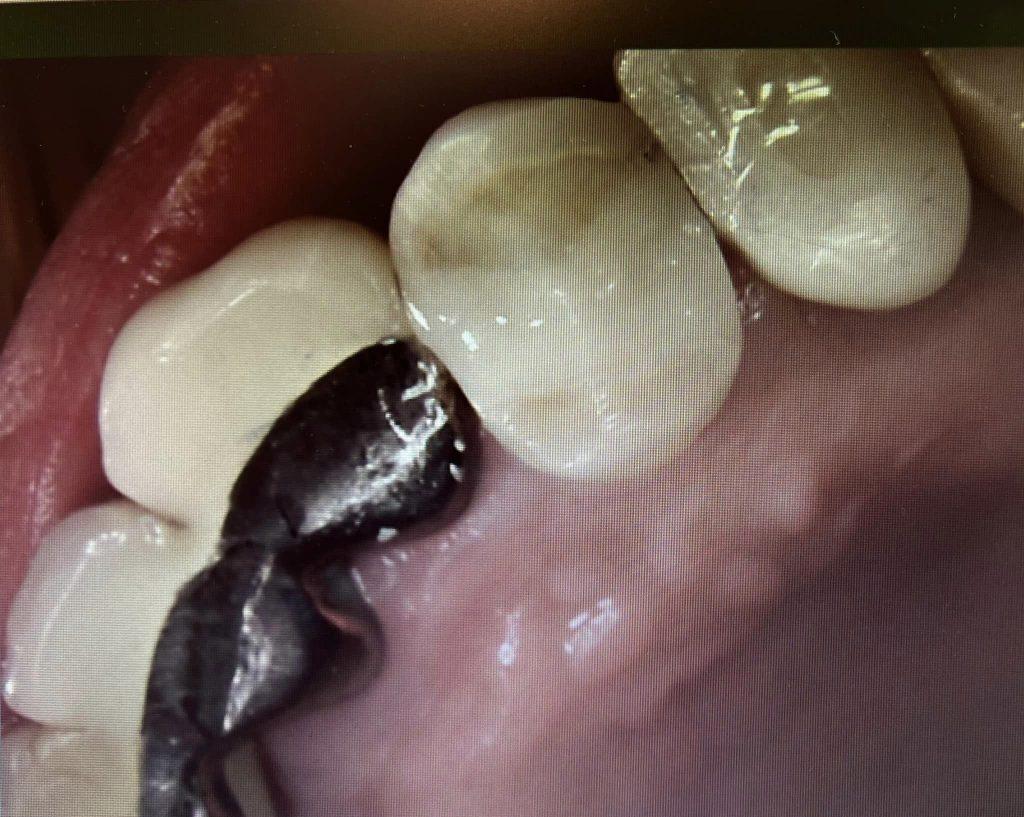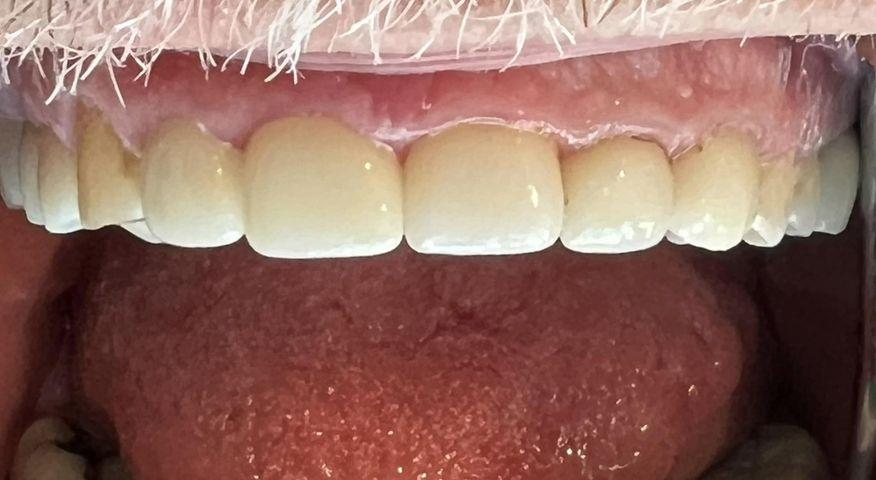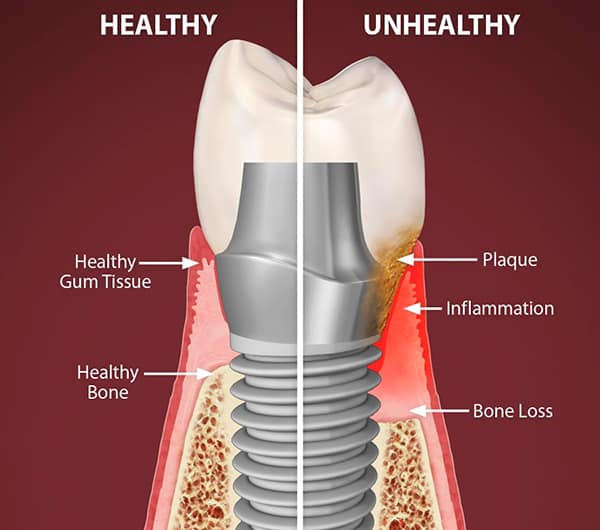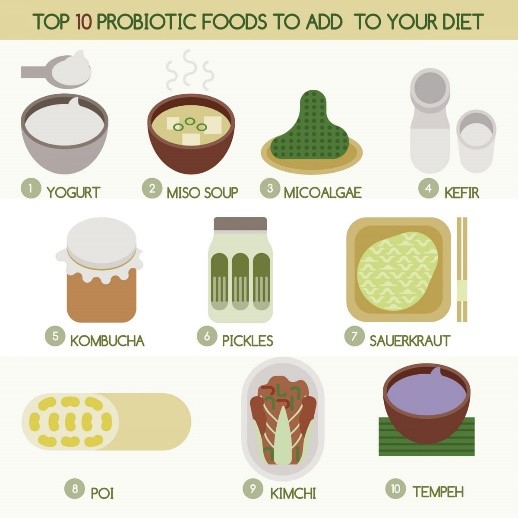July 30, 2022
No Comments

Nasal rinses and mouthwashes, which directly impact the major sites of reception and transmission of human coronaviruses (HCoV), may provide an additional level of protection against the virus. In the experiment, performed by Craig Meyers and his colleagues and published in the Journal of Medical Virology (2020, Sep 17), the researchers created cells grown from human tissue and then infected them with HCoV. HCoV is a human coronavirus 229e played the role of a surrogate for SARS-CoV-2. They subjected the virus to several common, over-the-counter mouthwashes and rinses for 30 seconds, 1 minute, and 2 minutes, and measured how much of the virus was inactivated. The reported results were the following:
• Peroxide Sore Mouth (CVS), Orajel Antiseptic Rinse (Church & Dwight Co.), and 1.5% H2O2 (Cumberland-Swan) — all of which listed hydrogen peroxide as their active ingredient — inactivated less than 90% to as much as 99% of the HCoV, depending on contact time.
• Crest Pro‐Health (Proctor & Gamble) mouthwash inactivated 99.9% to more than 99.99% of the HCoV during all three contact times.
• Listerine Ultra (Johnson & Johnson Consumer), Equate (Wal-Mart Co.) and Antiseptic Mouthwash (CVS) inactivated less than 99.9% of the HCoV at 30 seconds.
• Listerine Antiseptic (Johnson & Johnson Consumer) mouthwash which, according to researchers, had the same or similar inactive ingredients as Listerine Ultra, Equate and Antiseptic Mouthwash inactivated more than 99.9% of the virus at 30 seconds.
However, per Hana Akselrod, MD, MPH, before we start telling our patients to use mouthwash to prevent the spread of the coronavirus, we still need to learn how mouthwashes, nasal rinses and sinus rinses would work in the nose, mouth and throat of individuals infected with COVID-19, not in a simulated environment. We also need to answer questions, like how long would you have to gargle with mouthwash, as well as how often would you have to gargle? Is it safe for people to use mouthwashes and nasal rinses for the purposes of preventing the spread of the coronavirus?
Source: healio.com, PubMed.gov
